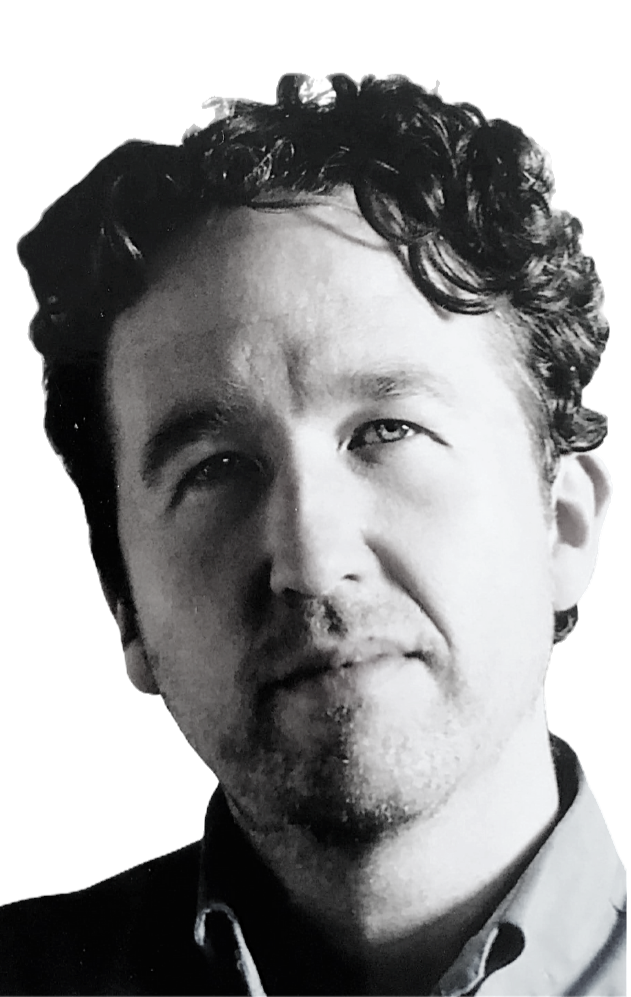Why Draw? Here are Three Reasons
- Tom McPherson

- Oct 24
- 4 min read
Updated: 2 days ago

When we think about drawing, our initial question is often what to draw. There are many possibilities once we start observing the world closely. But behind that question lies a deeper one: why draw at all? Why do we feel the urge to pick up a pencil and sketch what we see and imagine? What do we seek to capture or understand when we draw?
This is the foundation of every drawing. Before technique or subject, there’s the simple question of purpose. You don’t need to know how a drawing will turn out, or even what it will become, but it helps to know why you want to begin. When we draw with some awareness of that inner reason, the act takes on more meaning. It becomes more than description, it becomes connection.
Drawing matters because it changes how we experience the world and how we communicate it. It sharpens perception, deepens feeling, and gives form to ideas that might otherwise remain unspoken.
There are many reasons to draw, but perhaps there are three main reasons why drawing matters: drawing helps us see, it allows us to express, and it enables us to communicate.
The first reason to draw is to see. Drawing is not the same as looking, and looking is not the same as seeing. When we look, we recognise what’s in front of us, we name and categorise. Seeing asks more of us. It requires patience, attention, and curiosity.
When we draw, we begin to notice the subtleties of shape and proportion, of tone and texture. We start to understand how one edge relates to another, how light reveals form, and how shadow defines space. Drawing slows down the act of seeing. It interrupts the rush of perception and asks us to observe what is truly there, not what we assume to be there.
The difference between looking and seeing is what transforms an ordinary object into something worthy of our attention. Through drawing, we learn to see more deeply, to notice how light softens across a surface or how a simple line of shadow can hold the whole structure of a form. This shift from quick recognition to sustained observation is what begins to form an artist’s eye.
The second reason to draw is to express. A drawing is not just an image, it is a record of movement, emotion, and thought. Each line carries a quality of feeling. A fast, energetic mark can express excitement or urgency; a slow, deliberate one can convey calm or reflection. A heavy line might feel certain and grounded, while a light one might feel tentative or quiet.
Even when we draw something familiar, the way we draw it expresses something of our state of mind. Expression doesn’t come only through line, but through every decision we make, what we include, what we leave out, how much space we give to light or darkness. Each choice becomes part of the drawing’s emotional tone, whether we intend it or not.
In this way, drawing becomes a language of expression. It allows us to show what words cannot easily say. Sometimes, a few lines can reveal more about what we feel than an entire paragraph could explain. We might not even know what we think until we draw it. Over time, the marks we make become familiar to us, forming a visual handwriting that is our own.
No two people draw the same thing in the same way. This is what makes drawing deeply personal. It records not only what was seen but how it was seen by the artist, and then by the viewer.
The third reason to draw is to communicate. Long before writing, people made marks to share what they had seen and understood. Cave drawings, diagrams, maps, and sketches all serve the same essential purpose, they make ideas visible.
A drawing can often explain something faster and more clearly than words. Architects, designers, and scientists still rely on drawing because it helps them think. It allows them to test, imagine, and convey ideas quickly. Teachers sketch to clarify a concept. Artists use drawing to communicate emotion. In each case, the act of drawing bridges thought and understanding.
This form of communication isn’t limited to professionals. Anyone can draw to explain, to share, or to explore. A simple sketch to show a friend how something fits together, or to capture a fleeting idea, uses drawing as a visual language. It’s a way of thinking on paper.
Drawing also communicates inwardly. It can reveal what we didn’t yet know we were thinking. When a vague idea takes shape in a sketch, it becomes tangible and real. Drawing externalises thought, turning imagination into form.
We draw because drawing helps us see. It slows our attention and reveals what’s hidden in plain sight. We draw to express, to translate movement, emotion, and thought into visible form. And we draw to communicate, to make ideas, stories, and experiences shareable with others and with ourselves.
Each of these reasons matters on its own. But together they show that drawing is more than a skill. It’s a way of engaging with the world, a habit of attention, expression, and understanding. When we know why we draw, we begin to draw with purpose, and our drawings begin to speak with clarity.
The Habit of Drawing
This blog is adapted from ideas in my forthcoming book, The Habit of Drawing Fast and Slow. To find out more, please visit www.circlelineartschool.com/the-habit-of-drawing.
Subscribe to Circle Line Notes for new posts by email.


